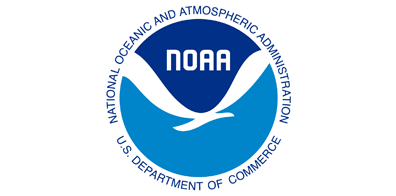The Lake Erie Watershed Cooperative Weed Management Area (LEW-CWMA) provides a framework of communication, planning, and guidance to individuals, groups, organizations, and agencies engaged in the management of invasive plant species within the Lake Erie Watershed. The work of the CWMA provides educational opportunities for landowners and land managers, develops common management objectives, sets realistic management priorities, facilitates effective treatment, and coordinates efforts over geographical and municipal boundaries with similar land types, use patterns, and problem species.
Pennsylvania’s Lake Erie watershed is located within the northwestern corner of Pennsylvania on the southern shore of Lake Erie. The watershed is bordered by the State of Ohio to the west and the State of New York to the east. The watershed extends a minimum of 6.1 miles at its eastern border and a maximum of 25 miles near its western border south of Lake Erie. The watershed encompasses portions of Erie and Crawford counties and either portions or the full extent of 33 municipalities and townships.
The over 500 square mile Lake Erie Watershed in Pennsylvania is home to the most ecologically diverse habitats in the state, harboring many rare, endangered, and threatened species and their habitats. Many of these occurrences and core habitats within the watershed have been designated as Natural Heritage Areas (NHAs) by the Pennsylvania Natural Heritage Program. Although invasive species are a concern throughout the entire region, prioritizing the use of limited resources within these sites offer the Lake Erie Watershed – 3 Cooperative Weed Management Area a unique, science based method to preserve, enhance, and restore areas of high ecological value within the watershed.



